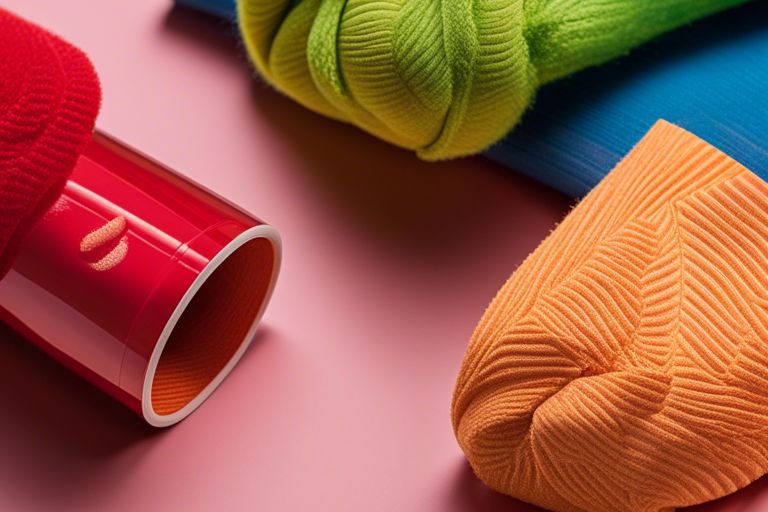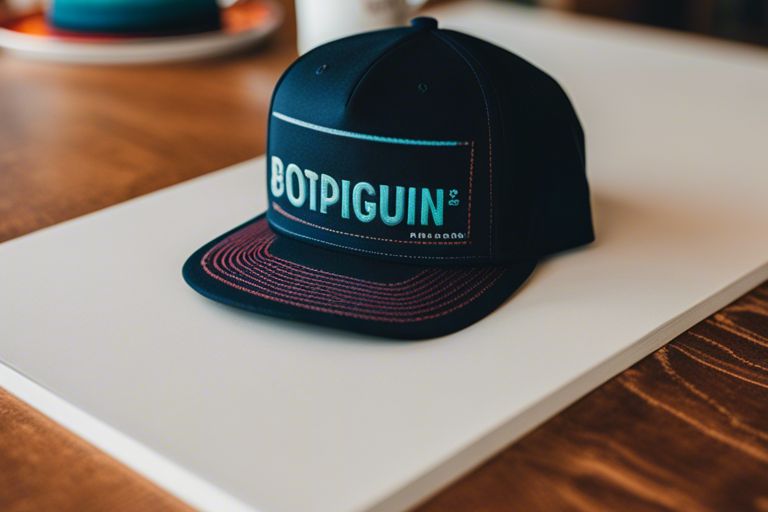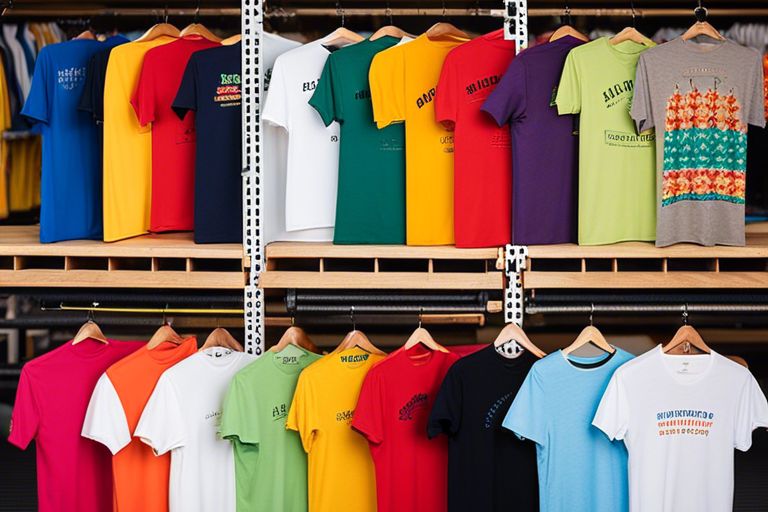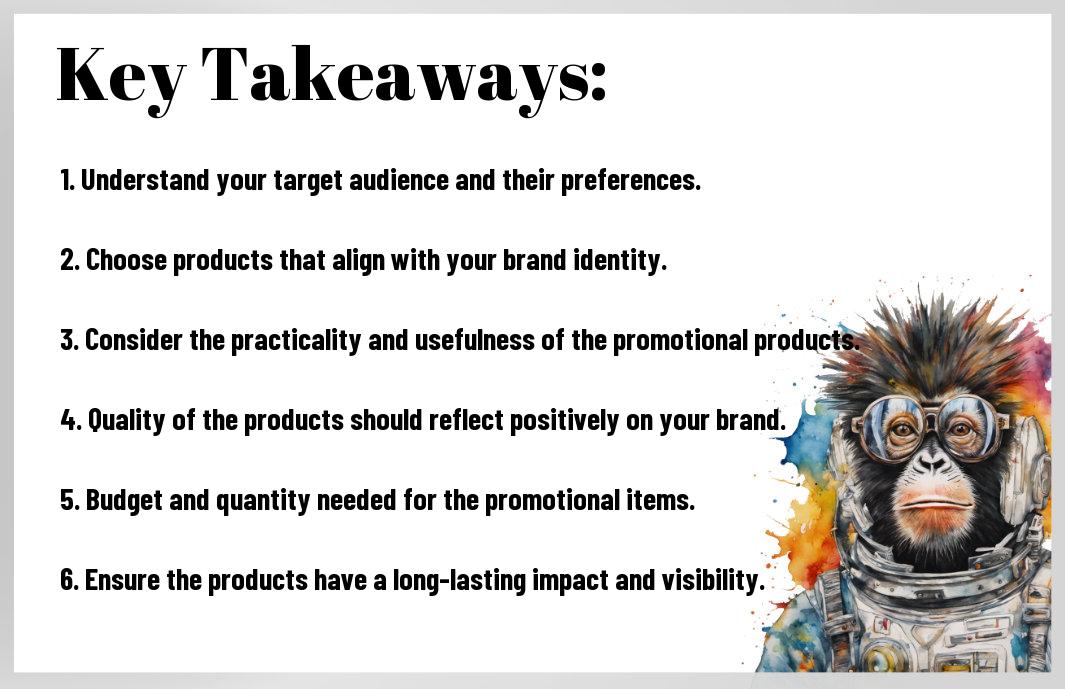How to choose the right imprinting method for your custom merchandise?
Deciding on the perfect imprinting method for your custom merchandise can be a daunting task. There are countless options available, each with its own set of advantages and drawbacks. However, choosing the right method is crucial to ensure that your merchandise stands out and effectively represents your brand. In this blog post, we will guide you through the decision-making process, helping you to determine the best imprinting method for your specific needs.
When selecting the imprinting method for your custom merchandise, it is essential to consider factors such as the type of material, design complexity, budget, and timeframe for production. Each method has its own unique characteristics that make it suitable for different applications. By understanding the strengths and limitations of each option, you can make an informed decision that will ultimately result in high-quality, visually appealing merchandise that aligns with your brand's identity and messaging. So, let's dive into the world of imprinting methods and find the perfect fit for your custom merchandise.
Understanding Different Imprinting Techniques
The success of your custom merchandise largely depends on the imprinting method you choose. Each method has its own set of advantages and limitations, and it’s essential to understand these differences to make an informed decision. Here, we’ll break down some of the most common imprinting techniques to help you choose the right one for your custom merchandise.
Screen Printing
If you’re looking for a cost-effective method for printing on various surfaces, screen printing might be the right choice for you. This technique involves creating a stencil (or screen) for each color in your design and then using a squeegee to push ink through the screen onto the material. It’s a versatile method that works well on fabrics, paper, and some non-porous materials. However, it’s not the best choice for intricate designs or small batches of merchandise.
Embroidery
Embroidery is a classic, high-quality imprinting method that involves stitching your design directly onto the material. This technique is popular for garments, hats, and bags, and it creates a professional, durable finish. Embroidery works well for intricate designs and small details, but it’s not ideal for large, colorful designs.
Heat Transfer
Heat transfer involves applying a design to a material using heat and pressure. This method is great for full-color designs and photographs, and it works well on fabrics and hard surfaces. However, the results may not be as durable as other imprinting methods, and the colors can fade over time with repeated washing or exposure to heat.
Pad Printing
Pad printing is a versatile method that can be used to transfer 2D images onto 3D objects. This technique is commonly used for printing on promotional products like pens, keychains, and drinkware. It allows for fine details and intricate designs, but it’s not the best choice for large areas of solid color.
Laser Engraving
Laser engraving is a precise imprinting method that uses a laser to etch designs onto various materials, such as metal, wood, and plastic. This technique creates a permanent, high-quality finish, but it may not be suitable for all materials, and it can be more expensive than other imprinting methods.
Debossing and Embossing
Debossing and embossing are methods for creating a raised or recessed design on a material, such as paper or leather. These techniques add a tactile and visual element to your custom merchandise, but they may not be suitable for all designs, and they can be more costly than other imprinting methods.
Sublimation Printing
Sublimation printing involves transferring a design onto a material using heat and special dyes. This method is ideal for full-color designs and works well on polyester fabrics and hard surfaces. However, it’s not suitable for all materials, and the results may not be as vibrant on darker fabrics.

Factors to Consider When Choosing an Imprinting Method
Keep factors such as the material of your merchandise, the quantity of your order, durability requirements, color and detail complexity, budget constraints, and delivery timeframes in mind when choosing the right imprinting method for your custom merchandise. For more information, you can also check out this blog post What Is an Imprint & What Is the Best Imprint Method for My...
Material of Your Merchandise
When choosing an imprinting method, the material of your merchandise is a critical consideration. You want to ensure that the method you choose is compatible with the material of your product. For example, certain methods may not work well with fabrics, while others may be better suited for metal or plastic surfaces. Additionally, the texture and finish of the material may also impact the imprinting method you choose.
Quantity of Your Order
The quantity of your order can also influence the imprinting method you select. For large orders, methods such as screen printing or digital printing may be more cost-effective, while smaller orders may benefit from methods like heat transfer or embroidery. Consider the volume of your order when making this decision, as it can significantly impact the overall cost and production time.
Durability Requirements
When selecting an imprinting method, durability is a crucial factor to consider, especially if your merchandise will be subjected to heavy use or exposure to outdoor elements. Certain methods, such as engraving or debossing, can provide long-lasting and resilient imprints that can withstand wear and tear. On the other hand, methods like heat transfer or sublimation may be more susceptible to fading or peeling over time.
Color and Detail Complexity
The color and detail complexity of your design can also impact the choice of imprinting method. Some methods may be better suited for intricate designs with multiple colors, while others may be limited in their color and detail capabilities. For instance, if your design includes gradients or fine details, you may want to opt for a method like digital printing or sublimation, which can accurately reproduce these elements.
Budget Constraints
Of course, budget constraints play a significant role in the imprinting method you choose. Some methods may be more cost-effective for large-scale production, while others may require a higher initial investment but offer long-term cost savings. Consider your budget carefully and weigh the upfront costs against long-term quality and durability when making this decision.
Delivery Timeframes
Recognizing the delivery timeframes for your custom merchandise is essential in selecting an imprinting method. Certain methods may have longer production lead times, while others offer quick turnaround times. If you have a tight deadline for your merchandise, be sure to choose a method that can accommodate your timeframe without compromising on quality.
Analyzing Your Brand Identity and Message
After deciding to create custom merchandise for your brand, the first step is to analyze your brand identity and message. This crucial step will help you determine the right imprinting method to effectively convey your brand identity and message through your merchandise.
Aligning Imprint Method with Brand Values
When choosing an imprinting method for your custom merchandise, it's essential to align it with your brand values. Consider the values that your brand stands for and how you want them to be reflected in your merchandise. For example, if your brand emphasizes sustainability, you may want to choose eco-friendly imprinting methods such as water-based ink or embroidery on organic materials. Aligning the imprint method with your brand values ensures that your merchandise is a true representation of your brand.
Similarly, if your brand values craftsmanship and attention to detail, you may opt for imprinting methods such as debossing or embossing that exude a sense of sophistication and quality. By aligning the imprint method with your brand values, you can reinforce the authenticity and integrity of your brand through your custom merchandise.
Creating a Lasting Impression
Choosing the right imprinting method is crucial for creating a lasting impression with your custom merchandise. The imprinting method you select should not only accurately represent your brand but also leave a memorable impact on the recipient. Whether it's the sleek and professional look of screen printing or the subtle elegance of laser engraving, the right imprinting method can elevate the perceived value of your merchandise and leave a lasting impression on your target audience.
Consider how you want your audience to perceive your brand through the custom merchandise. Whether you aim to evoke a sense of creativity, reliability, or innovation, the imprinting method plays a significant role in communicating these attributes effectively and leaving a positive impression with your audience.

Case Studies: Successful Imprinting Choices
Despite the vast array of imprinting methods available, it's important to choose the right one for your custom merchandise to ensure maximum impact and effectiveness. Here are some case studies that demonstrate successful imprinting choices in various scenarios:
- Case Study 1: A small local bakery saw a 20% increase in brand recognition after opting for a high-quality embroidered logo on their custom aprons.
- Case Study 2: A national tech company experienced a 30% boost in customer engagement by using laser engraving on their promotional items, creating a sleek and modern look.
- Case Study 3: A non-profit organization raised $50,000 from their fundraising merchandise campaign, thanks to the use of vibrant and eye-catching screen printing on their t-shirts.
Small Business Branding
When it comes to imprinting methods for small business branding, choosing the right option can make a significant impact on your brand's visibility and recognition. Whether it's embroidered logos for a professional and polished look or digital printing for vibrant and detailed designs, the right imprinting method can elevate your brand's image and leave a lasting impression on your audience.
Corporate Promotional Items
For corporate promotional items, the imprinting method chosen plays a crucial role in reflecting the professionalism and quality of the brand. Laser engraving for a sophisticated and upscale appeal, or debossing for a subtle yet elegant touch, can effectively communicate the brand's message and values to the recipients, making a lasting impression on potential clients and partners.
Event Giveaways
When selecting imprinting methods for event giveaways, it's essential to choose options that are not only visually appealing but also durable and long-lasting. Whether it's screen printing for bold and eye-catching designs on t-shirts or UV printing for intricate and detailed graphics on promotional items, the right choice can ensure that your event giveaways leave a memorable impression on attendees and serve as effective brand ambassadors beyond the event.
Non-Profit Fundraising Merchandise
For non-profit fundraising merchandise, the imprinting method chosen can greatly impact the success of the fundraising campaign. Whether it's heat transfer printing for vibrant and durable designs on merchandise or embroidery for a high-quality and professional finish, the right choice can elevate the appeal of the merchandise and encourage supporters to contribute to the cause, effectively conveying the mission and impact of the organization.
DIY vs. Professional Services
Unlike in the past, when DIY imprinting methods were limited to basic materials and equipment, today's market offers a wide array of options for both DIY and professional imprinting services. Deciding whether to take on the task yourself or hire a professional service is an important decision that will impact the quality and success of your custom merchandise.
Evaluating When to DIY
When considering whether to take the DIY route for imprinting your custom merchandise, you'll want to evaluate several key factors. Firstly, consider the scope of your project. If it's a small run of merchandise and you have the time, patience, and skills to do it yourself, you may find that DIY is a cost-effective and satisfactory solution. Additionally, if you have a strong artistic vision and want to maintain complete creative control over the imprinting process, DIY might be the best fit for your needs.
Selecting a Professional Imprinting Service
If you have a larger-scale project or lack the time, equipment, or expertise to handle the imprinting process on your own, it's wise to consider professional imprinting services. When selecting a professional service, it's important to do your research. Look for a reputable company with a track record of quality work and satisfied customers. Additionally, consider the range of services offered and look for a company that can fulfill all of your imprinting needs, from design to production.
When choosing a professional imprinting service, you can benefit from their experience, expertise, and access to high-quality materials and equipment. By outsourcing the imprinting process, you can save yourself time and ensure a professional, high-quality result for your custom merchandise.
Pitfalls to Avoid in Merchandise Imprinting
Now that you understand the importance of choosing the right imprinting method for your custom merchandise, it's crucial to be aware of the potential pitfalls that can arise during the imprinting process. For more information on imprints and the best options for promotional gifts, you can refer to What Is an Imprint and Which Is Best for Promotional Gifts? to gain a deeper understanding of the topic.
Common Mistakes in Imprinting Process
When it comes to the imprinting process, there are a few common mistakes that you need to be mindful of. One of the most common mistakes is choosing the wrong imprinting method for your merchandise. If you opt for a method that is not suitable for the material of your product, you may end up with a poor-quality imprint that will not last. Another mistake to avoid is not providing the correct artwork or logo files to the imprinting company. This can result in blurry or distorted imprints, ultimately affecting the overall quality of your merchandise.
Troubleshooting Imprint Quality Issues
If you encounter imprint quality issues with your custom merchandise, there are several troubleshooting steps you can take to address the problem. One of the most important steps is to communicate with your imprinting company and provide them with detailed information about the issues you are experiencing. By doing so, you can work together to find a solution and ensure that the quality of your imprints meets your expectations. Additionally, you should also consider conducting a thorough review of your artwork or logo files to ensure that they are high-resolution and suitable for the imprinting process.
Conclusion
Following this guide will help you make an informed decision when choosing the right imprinting method for your custom merchandise. It’s important to consider the type of product, your design, and the quantity you need when making this decision. By understanding the strengths and weaknesses of each imprinting method, you’ll be able to select the method that best suits your needs and ensures high-quality, long-lasting results.
Remember that the right imprinting method can make a significant difference in the overall look and feel of your custom merchandise. You want to make sure that your design is accurately represented and that it will stand the test of time. By carefully considering all factors and consulting with professionals in the industry, you can confidently choose the best imprinting method for your custom merchandise, ensuring that you achieve the desired outcome for your brand or business.
seo.call-to-action.title
seo.call-to-action.money-back
seo.call-to-action.message




